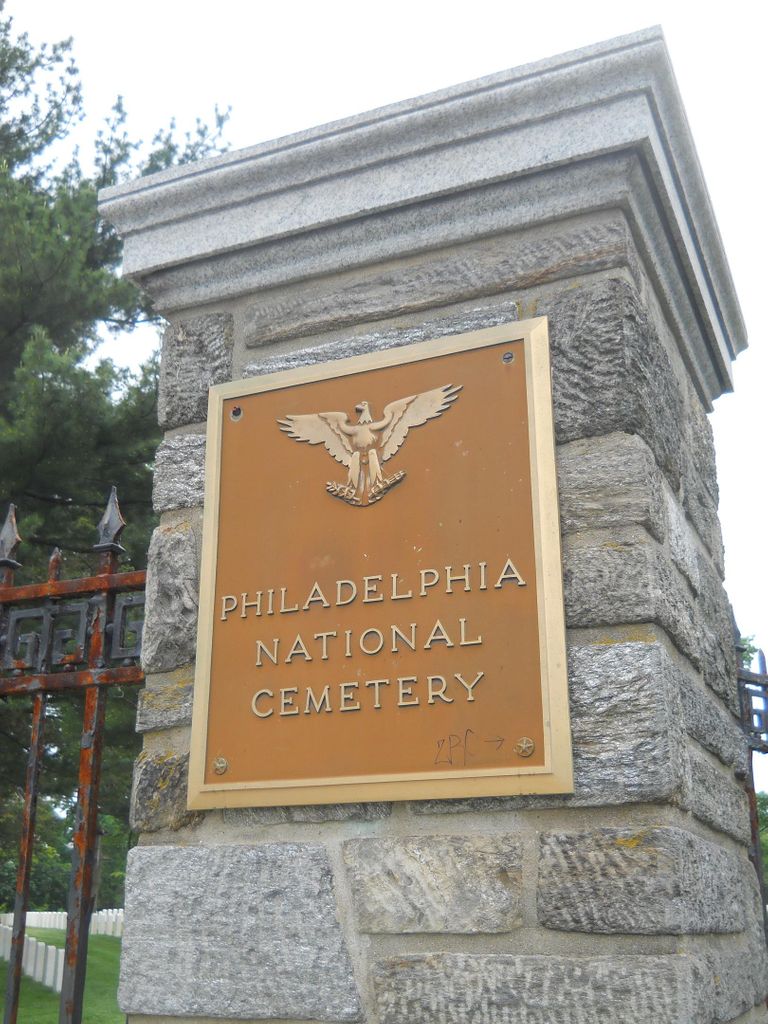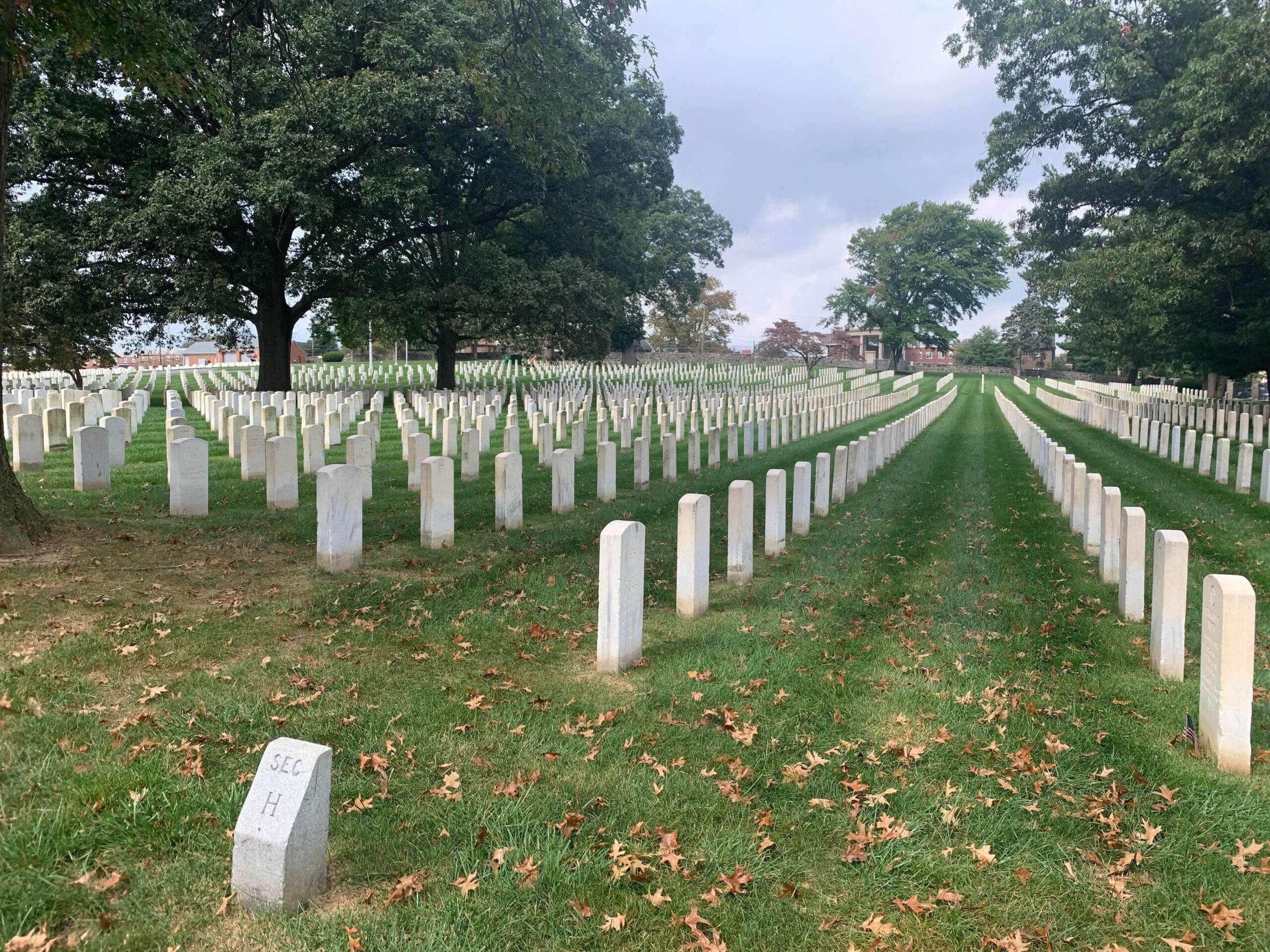Philadelphia National Cemetery: A Historic Resting Place
Philadelphia National Cemetery, nestled in the West Oak Lane neighborhood of Philadelphia, Pennsylvania, is a hallowed resting place for countless servicemen and servicewomen who have served the United States. It is a testament to the city’s deep and varied history, especially its pivotal role in numerous military conflicts.
The Cemetery’s Establishment
Established in 1862, the Philadelphia National Cemetery originally consisted of multiple leased lots scattered among several private cemeteries across Philadelphia. However, in 1881, the decision was made to consolidate all the graves into one central location. The current site was officially established in 1881, and the graves of servicemen were meticulously exhumed and reinterred from the various leased lots.
The Cemetery’s Administration
The cemetery is administered by the United States Department of Veterans Affairs and managed from offices at Washington Crossing National Cemetery. Although it’s closed for new interments since September 1962, the cemetery continues to be meticulously maintained.
The Cemetery’s Layout
Unlike many other national cemeteries of its era, the layout of the Philadelphia National Cemetery follows a natural park-like design. Influenced by the landscape designs of Frederick Law Olmstead, the cemetery’s roads curve around the property, highlighting clusters of naturally-planted trees. The cemetery is bound by a low ashlar stone wall topped with wrought-iron fencing, constructed around 1885.
Cemetery Structures
There are only two structures present within the cemetery’s boundaries—a utility/storage/restroom facility built in 1936 and a rostrum constructed in 1939. The rostrum, a raised speaking platform, features a semi-circular ashlar stone base, supporting Doric columns that rise to hold a flat roof. This Classical Revival styling is common to rostrums built in national cemeteries during the Great Depression.
Significant Monuments
The cemetery is home to several significant monuments. Notably, a Confederate Soldiers and Sailors Monument was dedicated in 1912 to honor the reinterment of 184 Confederate prisoners of war who died in Philadelphia area hospitals and camps during the American Civil War.
Additionally, a monument for the soldiers of the Mexican-American War stands tall within the cemetery grounds. This monument was erected by the Scott Legion to honor the 169 men from the conflict originally buried in Glenwood Cemetery and reinterred to Philadelphia National Cemetery in 1927.
History of Burials
The cemetery has witnessed several waves of reinterments over the years. Notably, in the 1890s, the military transferred remains from Machpelah Cemetery and the Fort Mifflin Post Cemetery to this cemetery. Also, it contains the burial of 350 United States Colored Troops who fought in the Civil War and trained at Camp William Penn in Cheltenham Township, Pennsylvania.

Notable Interments
Among the 13,202 burials in the Philadelphia National Cemetery are some notable figures, including Alphonse Girandy, a United States Navy sailor and Medal of Honor recipient, and Galusha Pennypacker, a Major General during the American Civil War, also a Medal of Honor recipient.
Visitation and Respect
The cemetery is open for visitation daily from 8:00am to sunset. While visiting, visitors are reminded that they are entering hallowed ground and asked to be respectful to all of our nation’s fallen soldiers and their families.
Recognition and Preservation
The cemetery was added to the National Register of Historic Places in 1997, a recognition of its historical significance and a commitment to its preservation.
Future of the Cemetery
As of September 2008, the Philadelphia National Cemetery had 13,202 interments. Although the cemetery has been closed for new interments, the reserved plots and plots opened by disinterments may witness some changes in the number of interments in the future.
The Philadelphia National Cemetery remains a poignant reminder of the sacrifices made by servicemen and servicewomen throughout the United States’ history. It’s a place of quiet reflection, where visitors can remember and honor those who have served and fought for their country.
